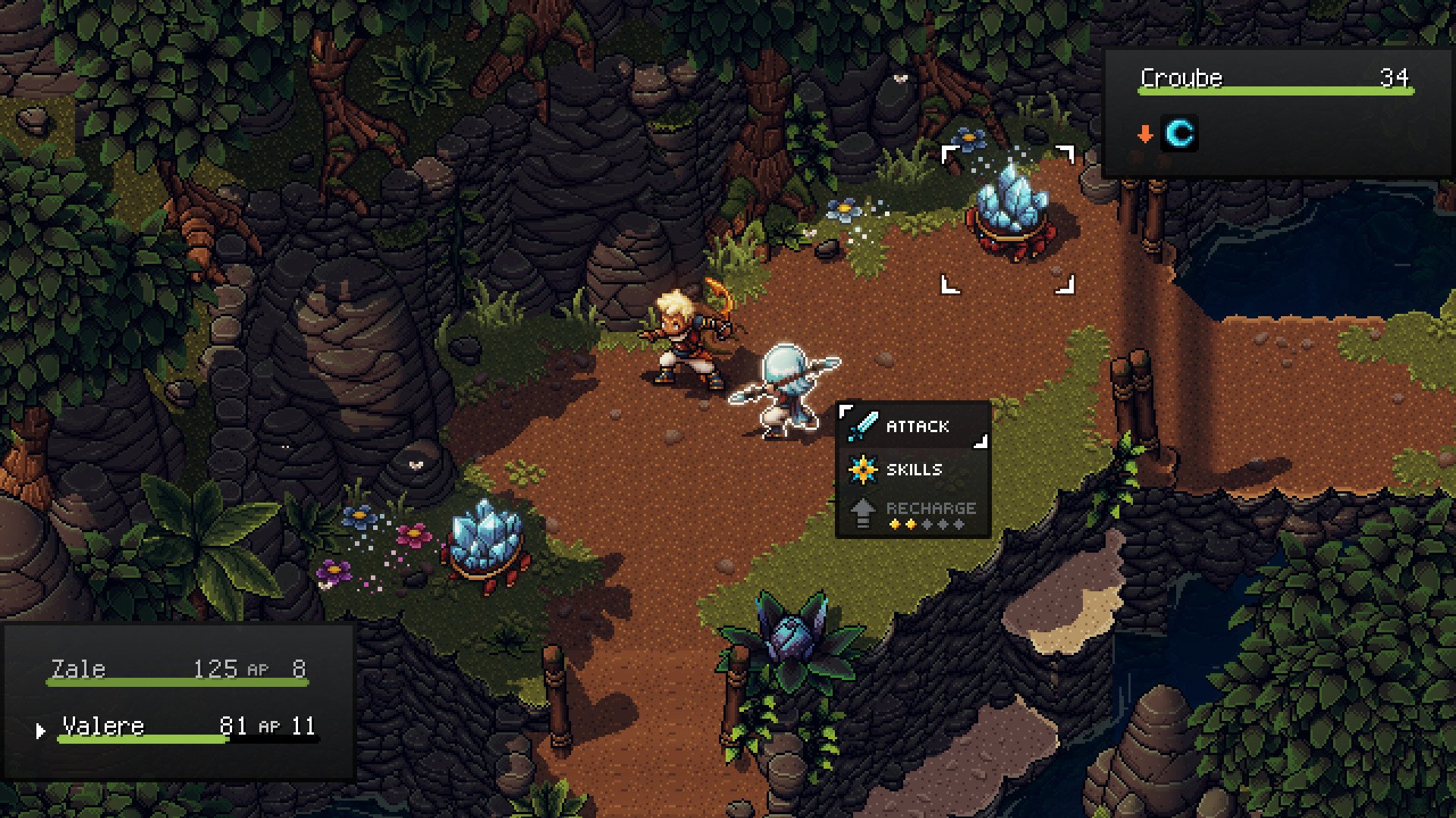

In case you’re not a marine biologist, technically oxygen disturbing microorganisms in the water is what is causing this to occur.

It is what makes the shore and waves have neon blue particles, as well as their unbelievable twinkle.

A natural chemical reaction called ‘’bioluminescence’’ is the scientific reason behind this occurrence. In fact, the beautiful blue light is the result of phytoplankton, which is a very small organism eaten by many whales. As a result, during the day the entire beach appears red. Vaadhoo island, Maldives, has been nick named “The Sea of Stars” and for a good reason.Īlso known as the ‘’red tide’’, the blue glow in the night is a side effect of the blooming red algae. Some of the most spectacular photographs have been captured from one location, Maldives (an island in an atoll located in the Indian ocean). What you’re seeing is actually millions of microscopic organisms called bioluminescent phytoplankton. “The Sea of Stars” of Vaadhoo Island Maldives attracts millions of tourists each year. Millions of small, blue neon dots make it look as though stars are washing up on shore. Sea of Stars – Vaadhoo Island, MaldivesHave you ever heard of a sea of stars? Well, now you’ve not only heard of one, you’ve seen one! As night falls on certain beaches around the world, the waves glow with an eerie blue light.


 0 kommentar(er)
0 kommentar(er)
